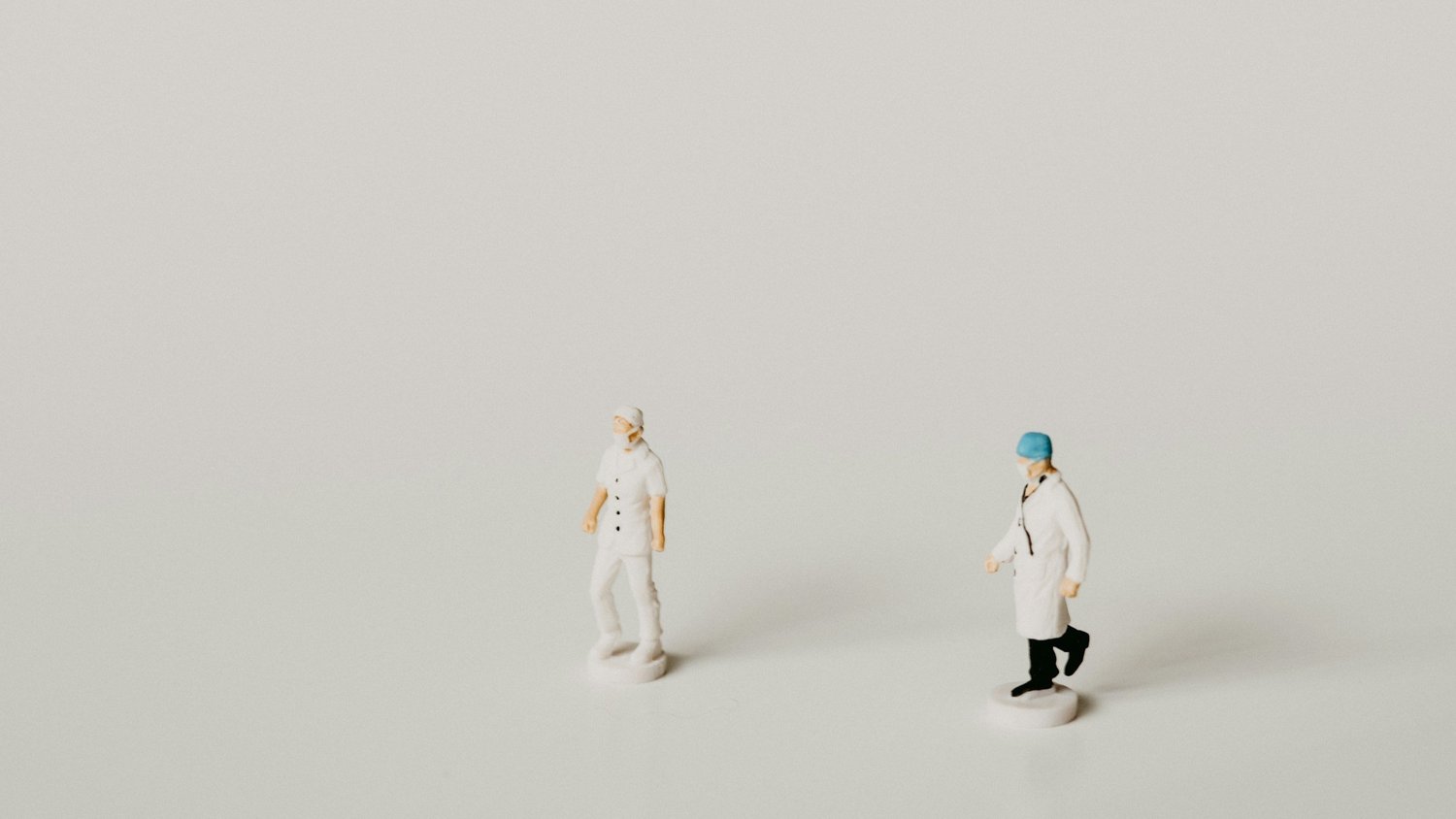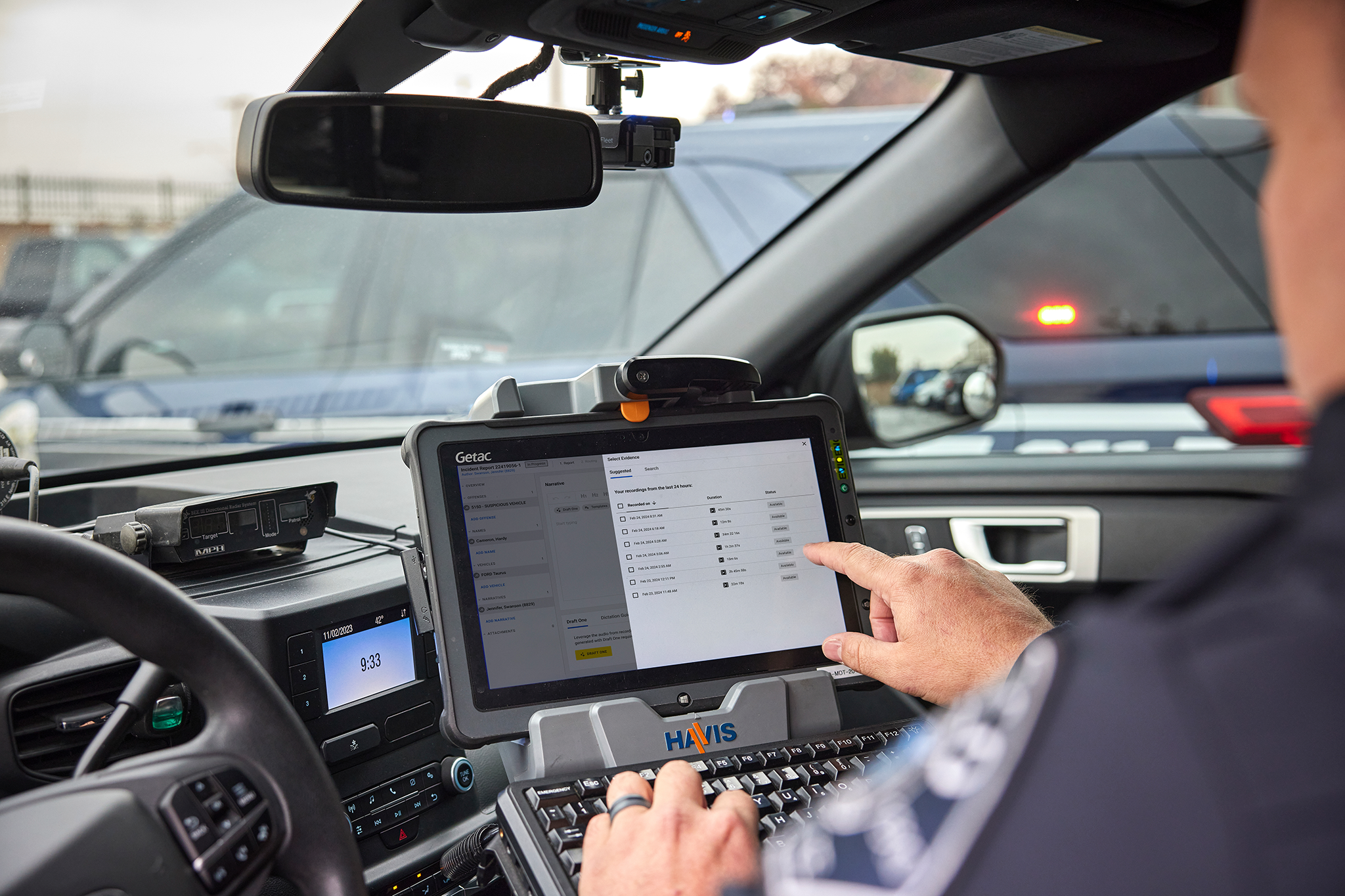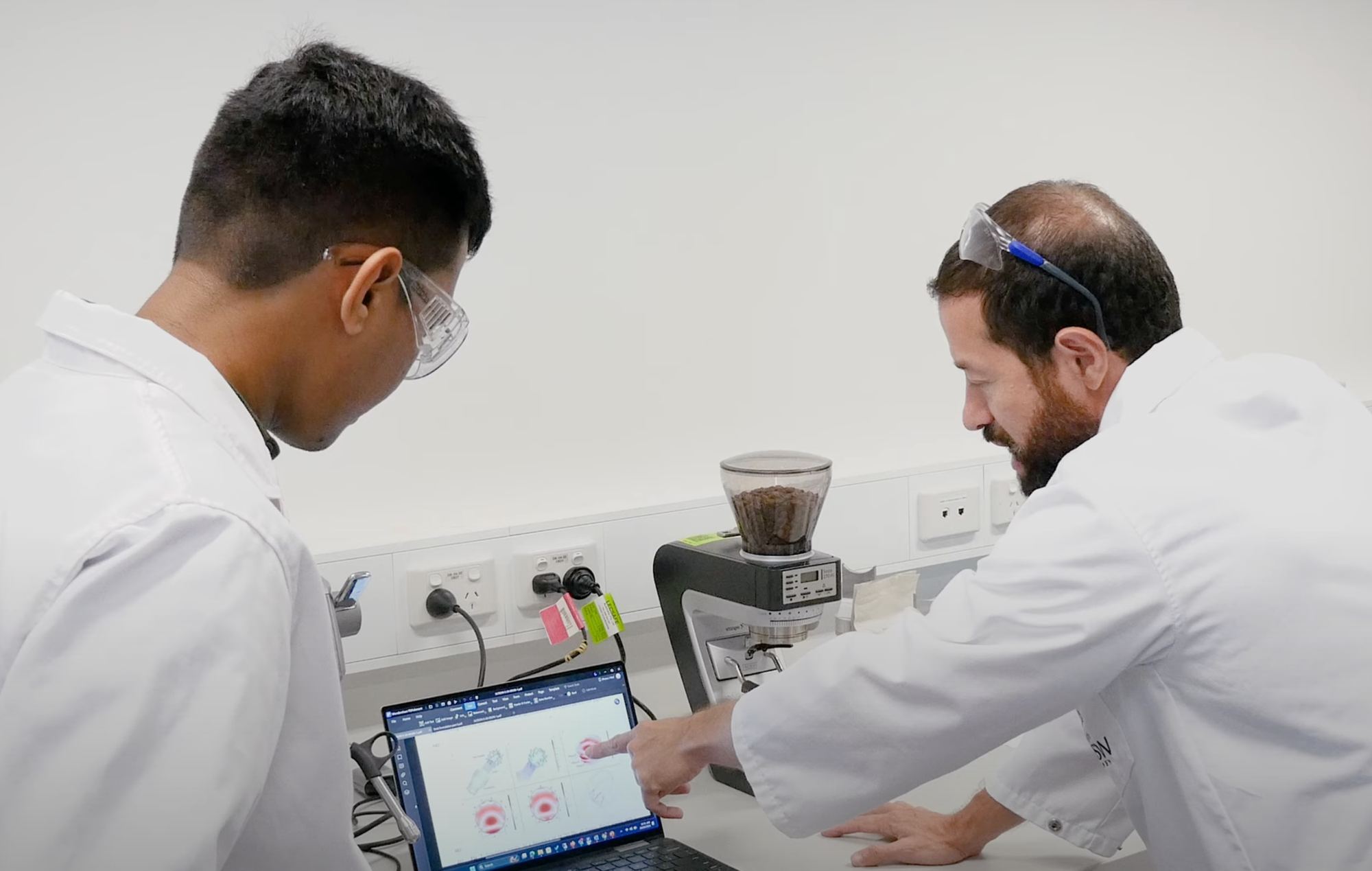The Department of Homeland Security bought a dog-like robot that it has modified with an “antenna array” that gives law enforcement the ability to overload people’s home networks in an attempt to disable any internet of things devices they have, according to the transcript of a speech given by a DHS official at a border security conference for cops obtained by 404 Media. The DHS has also built an “Internet of Things” house to train officers on how to raid homes that suspects may have “booby trapped” using smart home devices, the official said.
The robot, called “NEO,” is a modified version of the “Quadruped Unmanned Ground Vehicle (Q-UGV) sold to law enforcement by a company called Ghost Robotics. Benjamine Huffman, the director of DHS’s Federal Law Enforcement Training Centers (FLETC), told police at the 2024 Border Security Expo in Texas that DHS is increasingly worried about criminals setting “booby traps” with internet of things and smart home devices, and that NEO allows DHS to remotely disable the home networks of a home or building law enforcement is raiding. The Border Security Expo is open only to law enforcement and defense contractors. A transcript of Huffman’s speech was obtained by the Electronic Frontier Foundation’s Dave Maass using a Freedom of Information Act request and was shared with 404 Media.
“NEO can enter a potentially dangerous environment to provide video and audio feedback to the officers before entry and allow them to communicate with those in that environment,” Huffman said, according to the transcript. “NEO carries an onboard computer and antenna array that will allow officers the ability to create a ‘denial-of-service’ (DoS) event to disable ‘Internet of Things’ devices that could potentially cause harm while entry is made.”
DoS attacks are a type of cyber attack where a website, server, or network is overloaded with traffic until it is knocked offline. Huffman did not provide any specifics about how a DoS attack like this would work. But he said DHS wanted to develop this capability after a 2021 incident in which a man suspected of child sexual abuse crimes in Florida used his doorbell camera to see that he was being raided by the FBI and began shooting at them, killing two FBI agents and injuring three others.
Huffman said that DHS has built something it calls the “FLETC Smart House,” where cops are taught about how smart home devices “could potentially be used against them. They encounter examples of ‘booby traps’ and are shown the evidentiary value of collecting internet of things devices that may contain important evidence related to their case,” Huffman said.
After the Florida incident, DHS “began researching how the ‘internet of things’ devices may be used to harm law enforcement officers and found numerous postings online showing how these devices can interact with the physical world to create potential ‘booby traps’ for law enforcement. These traps can be used to harm officers and/or destroy evidence,” Huffman said.
“A suspect who has been searched and is under the control of officers can cause these actions to happen with a simple voice command which can start a chain of events to occur within a house, such as turning off lights, locking doors, activating the HVAC system to introduce chemicals into the environment and cause a fire or explosion to take place,” he added.
The robot is a modified version of Ghost Robotics’ Vision 60 Q-UGV, which the company says it has sold to “25+ National Security Customers” and which is marketed to both law enforcement and the military. “Our goal is to make our Q-UGVs an indispensable tool and continuously push the limits to improve its ability to walk, run, crawl, climb, and eventually swim in complex environments,” the company notes on its website. “Ultimately, our robot is made to keep our warfighters, workers, and K9s out of harm’s way.”
Correction: An earlier version of this article stated this was a "DDoS" robot, which stands for "distributed denial of service." The speech does not specify whether the denial of service would be "distributed," so we have changed it to the singular "DoS."















